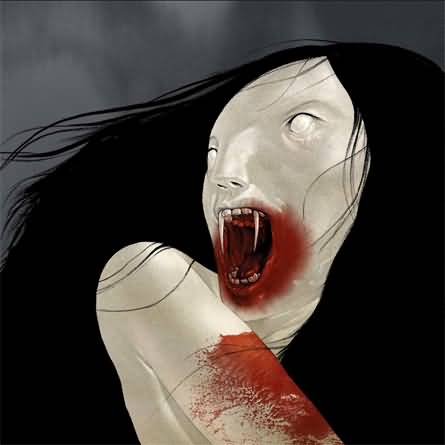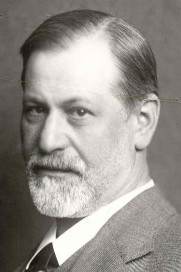
Freud and Jung, the major thinkers of our modern psychology, have based their work on Dracula, the book from Stocker which was published in 1897.
Count Dracula posed many threats to Victorian social, moral and political values: he changes virtuous women into beasts with ravenous sexual appetites; he is a foreigner who invades England and threatens English book and superiority; he is the embodiment of evil that can only be destroyed by reasserting the beliefs of traditional Christianity in an increasingly skeptical and secular age; he represents the fear of regression, a reversal of evolution, a return to our more primal animal state.
Let us examine how the main schools have analyzed the emergence of the vampire as a central figure of human societies.
Freudians
According to psychoanalysis and the Freudian school, any dreams about vampires or other forms of the undead, are a metaphor for the fascination and fear mankind has with the concepts of death and the dead.
“All human experiences of morbid dread signify the presence of repressed sexual and aggressive wishes, and in vampirism we see these repressed wishes becoming plainly visible.”
The first thing a Freudian will usually comment on in regards to a vampire story is how they are a metaphor for infantile and perverse sexuality.

For Freudian scholars, Dracula, is a combination of all the traditional myths of the vampire merged with what they consider to be the epitome of Freud’s Oedipal complex concept. A Freudian will look at the sexuality combined with brutality of the feeding off of the living’s blood and say it is suggestive a child’s interpretation of watching his parents copulate for the first time.
The blood from which the Vampire gains sustenance has definite sexual connotations according to Freud. Blood is sexually important, and even arousing in this case, perhaps because of it’s significance as symbolizing menstruation, or the blood shed by a virgin during penetration (as the Vampire’s fangs penetrate his victims body during the attack). Beauty is also an element of sexuality, and one woman, Countess Elizabeth Bathory, believed that blood was indispensable to it’s preservation.
Freud felt that sex and death were intertwined and demonstrated this through other’s desire to preserve (render immortal) ancient objects of beauty as Countess Bathory tried to preserve herself.
The most common form of death for a Vampire comes due to the reception of a stick, knife, or stake through the heart, which can be seen as pointed, phallic symbols. This is a ritual symbolism of sexual penetration. The retreat back into death every morning of the Vampire can be seen as a rebellion against birth (the new day) and an Oedipal retreat back into the womb, symbolized by the coffin, as Freud believed that sexual intercourse was frequently an attempt to regain the womb, as well.
Of some interest is the unusual death of Thomas Prest’s hero in the famous penny dreadful, “Varney the Vampire” serial. The unhappy blood-sucker plunges to his death in the gaping crater of Mount Vesuvius. The symbolism in the case is rather obvious.
Other topics of importance are how death coexists with the longing for immortality, showing man’s love-hate relationship with both concepts, how greed, sadism, and aggression are intermingled with desire and a compulsion to possess and express said desire, and the consistent use of metaphor for virginity, innocence, and vulnerability and the overlapping of images of guilt.
